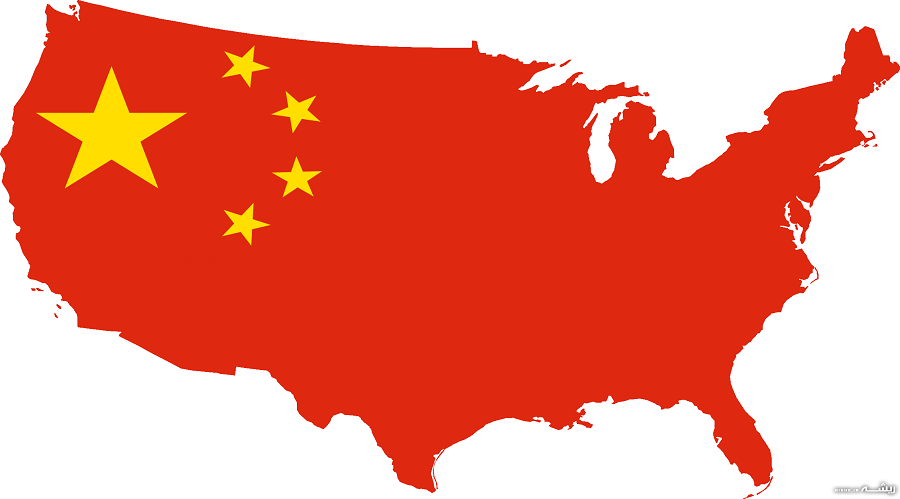Chinese Marketers Eye Chinese Standards
BEIJING – Chinese lubricant marketers generally follow lubricant specifications developed in North America or Europe, but one of the market’s leading suppliers foresees a time when they rely at least partly on the country’s own standards.
At the Auto Maintenance and Repair Expo held here last month, Sinopec’s Xie Xin said the company is developing gas engine and diesel engine lubes that comply with ILSAC GF-6 and API CK-4 standards.
“Our GF-6 lubes are under tests in the U.S. So far the results are all good,” Xie, research head of Sinopec’s motor oil team, said during an interview at the event, which was organized by Messe Frankfurt and Mu Cheng You. The International Lubricant Standardization and Advisory Committee’s GF-6 aims to improve fuel efficiency and prevent low-speed pre-ignition, a phenomenon that can occur in and damage turbocharged engines. Xie said China’s current average fuel efficiency for gas engine vehicles is about 6 liters per 100 kilometers, and is expected to improve to 4 liters per 100 km in 2025.
Xie is confident that China will adopt its own version of GF-6’s China equivalent in a couple of years, if not sooner.
“I think it’s a trend that engines – whether gasoline engines or diesel engines – will be more and more eco-friendly and fuel efficient, which means longer oil change intervals. We lube suppliers need to adjust our [research and development] strategies accordingly,” he said.
Sinopec’s latest diesel engine oils, branded Tulux, comes with a recommendation for 150,000 km oil change intervals – up from an average of 80,000 km to 100,000 km with the company’s previous generation of products, Xie added. Targeting heavy-duty vehicles, the company first launched a Tulux-branded series of oils meeting API CK-4 last September in Australia, and in March this year in China.
He said that Sinopec is also investing in additives development, especially packages for diesel engine oils. One major reason is that China has the ability to run engine bench tests on its own.
“After decades of development, Chinese diesel engine makers are confident [enough] to run bench tests catering to China’s conditions,” Xie said, adding that some of the tests in the U.S. are not really for Chinese trucks, and sending lubes to the U.S. for testing alone is too costly for most private Chinese lube blenders.
In September 2016, CNPC and Sinopec partnered with major Chinese diesel engine makers, including Weichai Group and JAC motors, and local additives suppliers Richful and Tianhe to form an organization to develop Chinese standards for engine oils.
“The organization is diligently running tests but still, it will take quite some time to get China’s own standards, as we have to comply with strict requirements under numerous tests,” Xie said.
Source: https://pubs.lubesngreases.com/lubereport-asia/
6_14/standards/Chinese-Marketers-Eye-Chinese-Standards-
14735-1.html?ET=lubesngreases:e1214:31165a:&st=email

